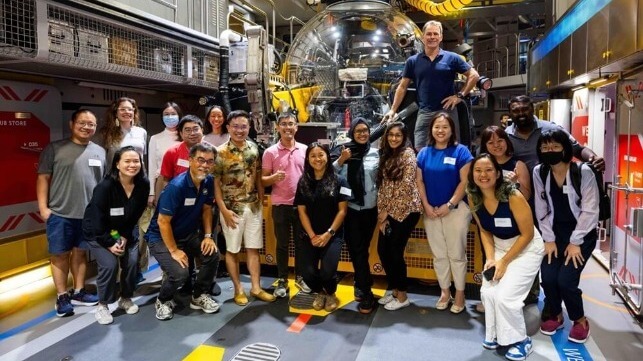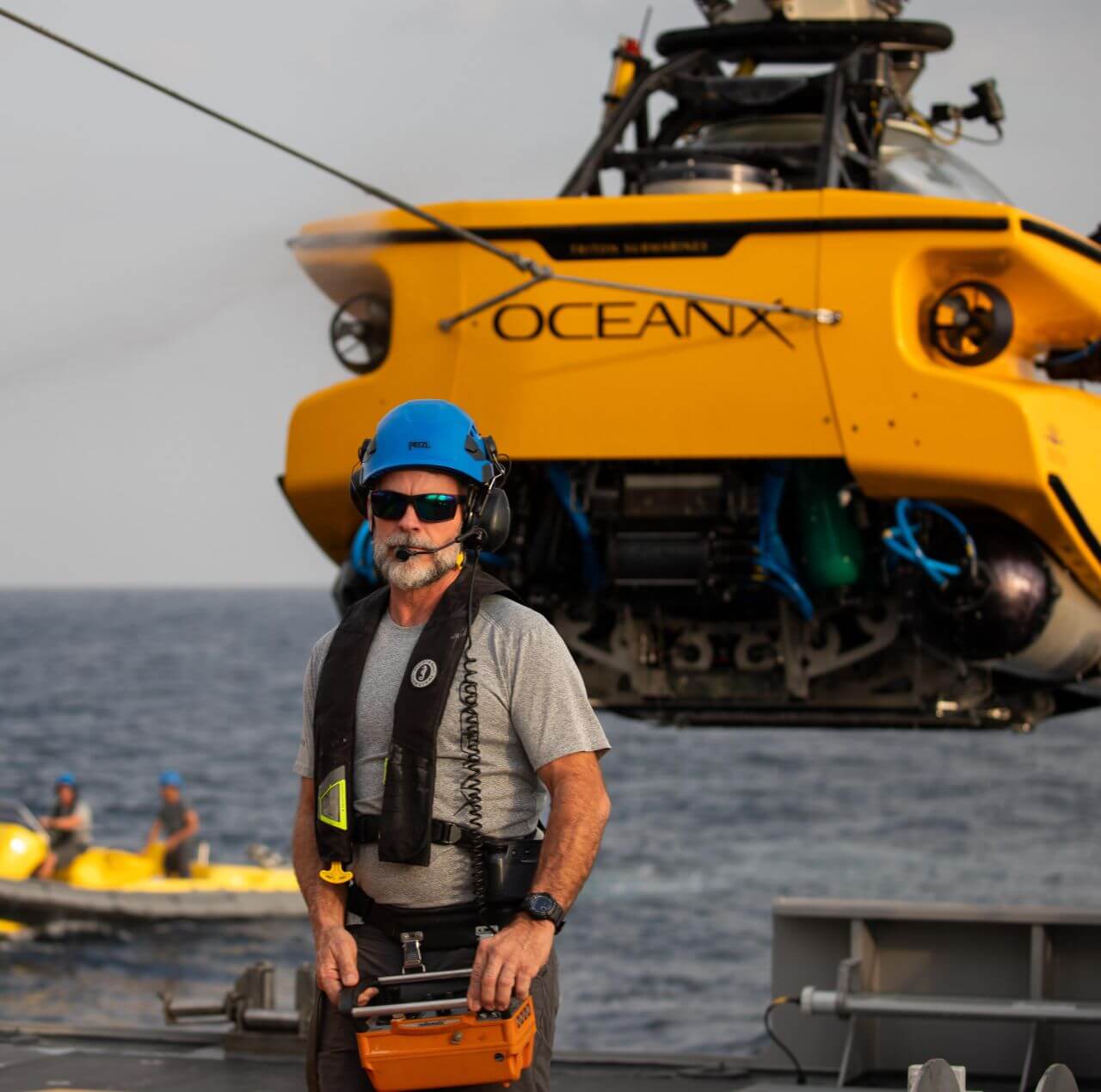Unveiling the Mysteries of the Deep: OceanXplorer’s Mission in Asia

The research ship OceanXplorer hosted nearly 200 students and educators on board for tours while operating in Indonesia from May 4 to August 25, 2024. This expedition, organized in partnership with the National Research and Innovation Agency (BRIN) of Indonesia and the Coordinating Ministry of Maritime Affairs and Investment (CMMAI), kicks off the Young Explorers Program (YEP).
Fourteen lucky university students embarked and set sail to Bali, receiving hands-on experience and mentorship from crew, scientists, and media professionals on one of the world's most advanced research vessels. Students took to the helm, interacted with marine operations, including deep-sea and remote vehicles, and conducted live-streaming.
On March 6, 2024, OceanX announced a multi-year mission to explore the waters of Southeast Asia, using Singapore as a central meeting point. This mission aims to deepen global understanding of this biodiverse region, which is critical for marine life and environmental sustainability. Aboard the OceanXplorer, the world’s most advanced exploration, scientific research, and media production vessel, the team will embark on expeditions in Indonesia and Malaysia, partnering with local government agencies and scientists to conduct essential oceanic studies.


Images courtesy OceanX
Mark Dalio, Founder and co-CEO of OceanX, emphasized the significance of this mission: “Southeast Asia is well-known as one of the world’s largest marine biodiversity hotspots, and much of it remains undiscovered and unexplored. Naturally, we’re excited at the prospect of what we might find beneath the water’s surface.” He also highlighted the region's deep connection to the ocean: "From fisheries to ocean sustainability, natural disasters to climate change - there are few regions with a deeper connection to and dependence on the ocean. OceanX is committed to joining Southeast Asia by exploring the depths of its waters and bringing back critical data to understand better how to protect and preserve it.”
The OceanXplorer is a 286-foot floating laboratory equipped with cutting-edge technology to survey diverse marine environments, including deep-sea, shallow, and coastal habitats. Its capabilities include:
- Two 1,000-meter manned submersibles (Nadir and Neptune)
- A 6,000-meter remotely operated vehicle (ROV)
- State-of-the-art research laboratories & diving facilities
- Next-gen DNA sequencing capabilities
- Full acoustic mapping capabilities
- Conductivity, temperature, and depth (CTD) analysis
This advanced equipment allows scientists to capture high-definition footage and collect invaluable data in deep water. These tools are instrumental in mapping the uncharted territories of our planet's final frontier.
OceanX's commitment to education is demonstrated by OceanX Education, which will launch new on-ship experiences and educational programs in partnership with universities and nonprofits around the region. The organization aims to nurture future marine scientists, engineers, and storytellers by leveraging OceanXplorer's technology and a team of leading scientific and media experts to inspire and educate the next generation.
A recent highlight of OceanX’s endeavors is its mission in Asia. This expedition aims to uncover the mysteries of the region’s deep-sea ecosystems, from the Coral Triangle's vibrant coral reefs to the Philippine Sea's enigmatic trenches. OceanXplorer has already yielded remarkable discoveries, including new species of marine life and insights into the intricate dynamics of ocean currents.
Working in collaboration with Dalio Philanthropies – a founding member of the Temasek Trust’s Philanthropy Asia Alliance – OceanX is expected to take on numerous projects throughout Southeast Asia over several years. Their team is in active discussions with regional governments to organize additional expeditions. These collaborative efforts are essential in fostering a comprehensive understanding of the ocean's health and its role in sustaining life on Earth.
The opinions expressed herein are the author's and not necessarily those of The Maritime Executive.

